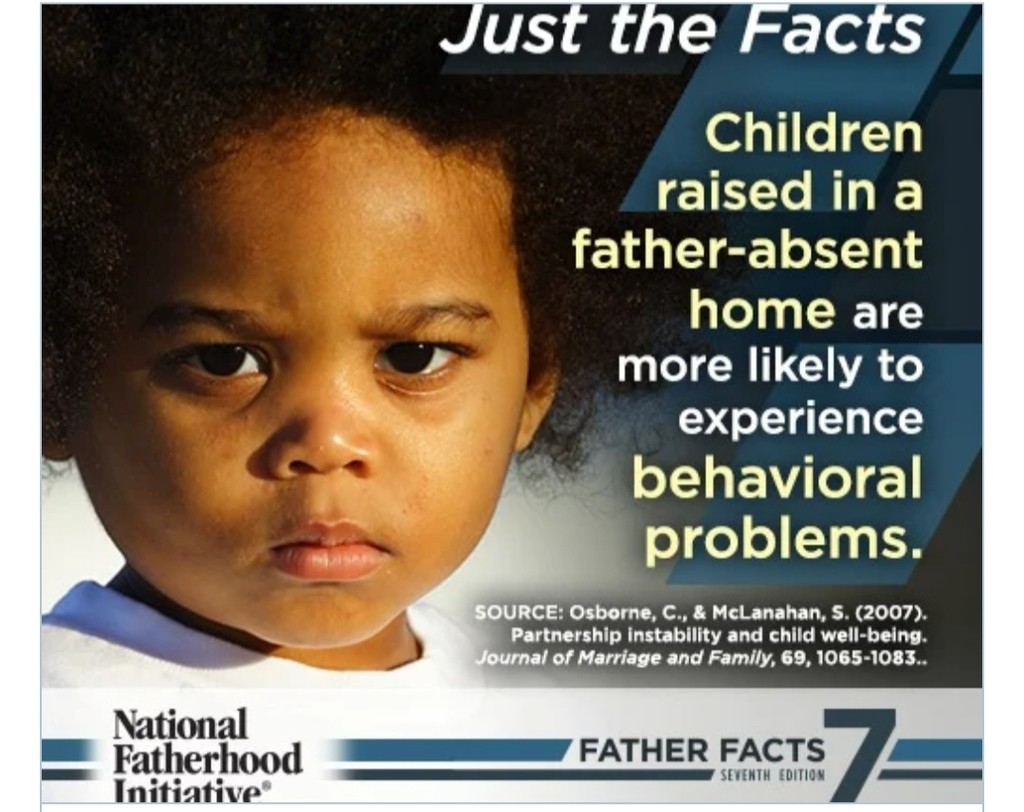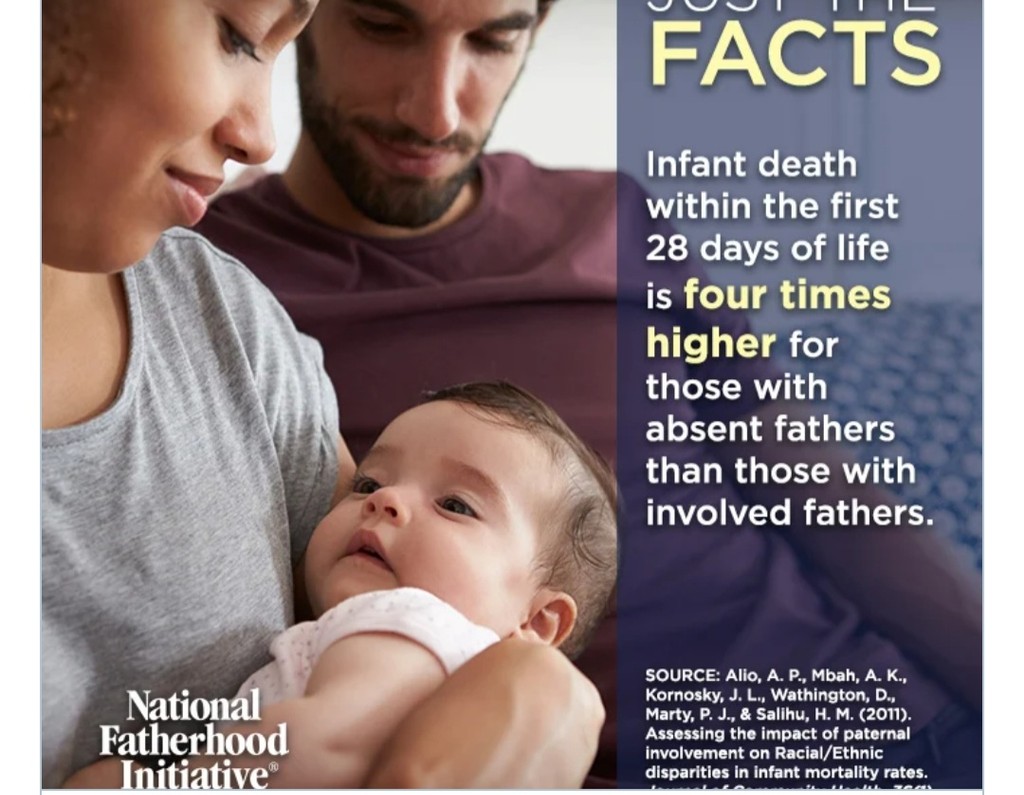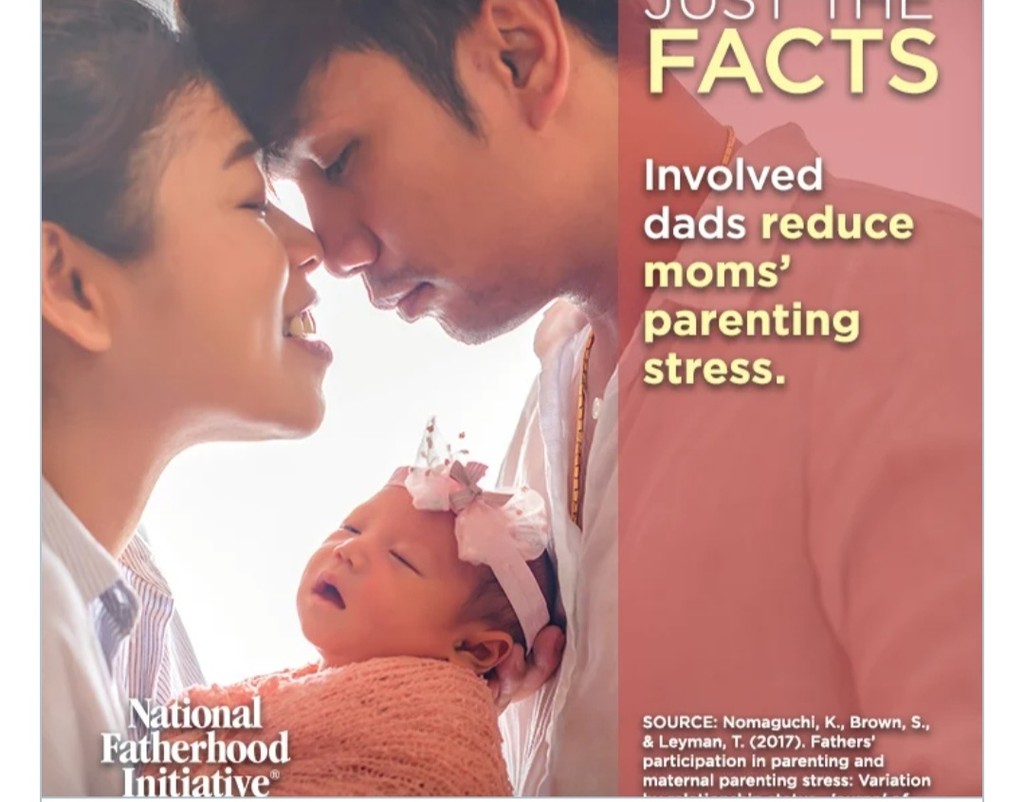1. ეს არ ცვლის არაფერს. მშობელს, ბავშვს რჩევებს რომ აძლევ ეგ აღზრდა არაა. ჩემთვის ვინმესთვის თუ არის კი ბატონო. ამიტომაც შენ იმენნა ბავშვის აღზრდის სპეციალისტი არ ხარ. შენ უფრო ბავშვის ფსიქოლოგი ხარ.
2. სხვის შვილებთან კონტაქტში არ შევდივარ. ###ზე მკიდია.
3. აბსოლიტურად არაფერს ცვლის თუ გინდა 789 ბავშვი გყავდეს აღზრდილი. შეიძლება საშინლად აღზარდე შეიძლება კარგათ კაცმა არ იცის.
4. ჩემმა მეზობელმა 13 ბავშვი აღზარდა და 13 ივე დებილია ლოგიკურად ჩემზე მეტი გამოცდილება აქვს ბავშვთან ურთიერთობის მაგრამ შედეგს ვხედავ ჩემი თვალით. თან ფსიქოლოგია.
5. ფსიქოლოგია არ არის ზუსტი მეცნიერება. ამიტომ შეიძლება ძაან ცუდი ბავშვები აღზარდო შენი პროფესიიდან გამომდინარე. შეიძლება კარგი აღზარდო. როგორც შენ იტყოდი: ვიმარჩიელოთ ?. მათემატიკა არის ზუსტი მეცნიერება და ფსიქოლოგიისგან განსხვავებით არის სტატიკური და უცვლელი. ამიტომაც ვენდობი მათემატიკას და არა ფსიქოლოგიას. ამიტომაც შენი პროფესია პირადად ჩემთვის არაფერს ცვლის. და არგუმენტად არ გამოდგება.

P.S. აგერ ბატონო კომპეტენტური ხალხის დასკვნები, კვლევები, სტატისტიკებით და ასე შემდეგ...
ამის გარდა კიდევ ბევრია.
Children who grow up in fatherless homes have a greater risk of major challenges in life than those who grow up with a father at home. We might want to believe otherwise and there are many children who overcome the hardships associated with an absent father, but the truth is in the data.
According to the Annie E. Casey Foundation's website, National Kids Count, approximately 35 percent of children under 18 live in a single-parent home as of 2016. As many as 25-percent of children in the U.S. live in households with a mother alone. That is over 18 million children who do not live with a father figure. Additionally, father-only households were noted at just 8 percent.
Children who grow up in fatherless homes have a greater risk of major challenges in life than those who grow up with a father at home. We might want to believe otherwise and there are many children who overcome the hardships associated with an absent father, but the truth is in the data.
According to the Annie E. Casey Foundation's website, National Kids Count, approximately 35 percent of children under 18 live in a single-parent home as of 2016. As many as 25-percent of children in the U.S. live in households with a mother alone. That is over 18 million children who do not live with a father figure. Additionally, father-only households were noted at just 8 percent.
The Poverty Risk
Statistics show that women-only households are more likely to live below the poverty line. In 2016, the U.S. Census Bureau reported that these types of families increased to 28 percent. This leaves children vulnerable to a variety of social hardships throughout their lives.
The American Academy of Pediatrics (AAP) notes that 1 in 5 children (more than 40 percent) of children in the U.S. fall into the category of "poor or near-poor." While this includes families with two parents as well, the study shows the disadvantages these children face.
For instance, the AAP notes that impoverished children are more likely to experience developmental delays and lower academic performance. This can be attributed both to the school systems that serve poor neighborhoods, as well as the decreased access to brain stimulation in the home. If children cannot learn on the computer or take advantage of other stimulating activities, their schoolwork and learning ability can be affected.
Behavioral and mental health issues are also more prevаlent in children growing up in poor families. Factors such as the neighborhood environment and family disputes and struggles can lead to depression, obesity, and a general rebellion against authority. A lack of access to healthcare can also be a detriment to a child's development.
The effects of poverty are not relegated to childhood either. The AAP says, "child socioeconomic status (SES) is tied to educational attainment, health, and psychological well-being decades later."
The Statistics of Fatherless Children
The negative effects of a child without a father can be seen in countless studies and reports. The statistics show the importance of a father figure in the majority of children's lives.
According to "What Can the Federal Government Do To Decrease Crime and Revitalize Communities?" from the U.S. Department of Justice, children from fatherless homes account for:
Suicide: 63 percent of youth suicides
Runaways: 90 percent of all homeless and runaway youths
Behavioral Disorders: 85 percent of all children that exhibit behavioral disorders
High School Dropouts: 71 percent of all high school dropouts
Juvenile Detention Rates: 70 percent of juveniles in state-operated institutions
Substance Abuse: 75 percent of adolescent patients in substance abuse centers
Aggression: 75 percent of rapists motivated by displaced anger
Kids living in single-parent homes or in step-families report lower educational expectations on the part of their parents, less parental monitoring of school work, and less overall social supervision than children from intact families.
A study from the U.S. Department of Health and Human Services concluded that fatherless children are at a dramatically greater risk of drug and alcohol abuse. (National Center for Health Statistics. Survey on Child Health. U.S. Department of Health and Human
Young men who grow up in homes without fathers are twice as likely to end up in jail as those who come from traditional two-parent families...those boys whose fathers were absent from the household had double the odds of being incarcerated -- even when other factors such as race, income, parent education and urban residence were held constant."
Children who grow up in fatherless homes have a greater risk of major challenges in life than those who grow up with a father at home. We might want to believe otherwise and there are many children who overcome the hardships associated with an absent father, but the truth is in the data.
According to the Annie E. Casey Foundation's website, National Kids Count, approximately 35 percent of children under 18 live in a single-parent home as of 2016. As many as 25-percent of children in the U.S. live in households with a mother alone. That is over 18 million children who do not live with a father figure. Additionally, father-only households were noted at just 8 percent.
The Poverty Risk
Statistics show that women-only households are more likely to live below the poverty line. In 2016, the U.S. Census Bureau reported that these types of families increased to 28 percent. This leaves children vulnerable to a variety of social hardships throughout their lives.
The American Academy of Pediatrics (AAP) notes that 1 in 5 children (more than 40 percent) of children in the U.S. fall into the category of "poor or near-poor." While this includes families with two parents as well, the study shows the disadvantages these children face.
For instance, the AAP notes that impoverished children are more likely to experience developmental delays and lower academic performance. This can be attributed both to the school systems that serve poor neighborhoods, as well as the decreased access to brain stimulation in the home. If children cannot learn on the computer or take advantage of other stimulating activities, their schoolwork and learning ability can be affected.
Behavioral and mental health issues are also more prevаlent in children growing up in poor families. Factors such as the neighborhood environment and family disputes and struggles can lead to depression, obesity, and a general rebellion against authority. A lack of access to healthcare can also be a detriment to a child's development.
The effects of poverty are not relegated to childhood either. The AAP says, "child socioeconomic status (SES) is tied to educational attainment, health, and psychological well-being decades later."
The Statistics of Fatherless Children
The negative effects of a child without a father can be seen in countless studies and reports. The statistics show the importance of a father figure in the majority of children's lives.
According to "What Can the Federal Government Do To Decrease Crime and Revitalize Communities?" from the U.S. Department of Justice, children from fatherless homes account for:
Suicide: 63 percent of youth suicides
Runaways: 90 percent of all homeless and runaway youths
Behavioral Disorders: 85 percent of all children that exhibit behavioral disorders
High School Dropouts: 71 percent of all high school dropouts
Juvenile Detention Rates: 70 percent of juveniles in state-operated institutions
Substance Abuse: 75 percent of adolescent patients in substance abuse centers
Aggression: 75 percent of rapists motivated by displaced anger
To back up that data from 1998, which continues to be cited by researchers, a 2016 report of teenagers placed in juvenile residential facilities shows that 45 percent were living with only one parent at the time. That is a significant difference when compared to 30 percent of teens in two-parent households.
Furthermore, individual studies over the years have noted similar challenges for children with an absent father:
Educational Attainment
Kids living in single-parent homes or in step-families report lower educational expectations on the part of their parents, less parental monitoring of school work, and less overall social supervision than children from intact families. (Astore NM, S. McLanahan S. American Sociological Review, No. 56. 1991)
Achievement
Children from low-income, two-parent families outperform students from high-income, single-parent homes. Almost twice as many high achievers come from two-parent homes as one-parent homes. (One-Parent Families and Their Children. Charles F. Kettering Foundation. 1990).
Drug Use
A study from the U.S. Department of Health and Human Services concluded that fatherless children are at a dramatically greater risk of drug and alcohol abuse. (National Center for Health Statistics. Survey on Child Health. U.S. Department of Health and Human Services. 1993.)
Incarceration Rates
"Young men who grow up in homes without fathers are twice as likely to end up in jail as those who come from traditional two-parent families...those boys whose fathers were absent from the household had double the odds of being incarcerated -- even when other factors such as race, income, parent education and urban residence were held constant." (Harper C, McLanahan SS. Cited in Father Absence and Youth Incarceration. Journal of Research on Adolescence. 2004.)
Why Fathers Matter
Men and women are different and they parent in different ways. While these statistics examine the issue of children growing up without a father, it's important to look at what a father can bring to the child-parent relationship.
In a report by the U.S. Department of Health and Human Services, these benefits are outlined in great detail. For instance, young boys who have a father figure are less likely to act out and young girls are often more confident. A father can also help establish a sense of security and guide children to make wiser decisions.
The difference in parenting styles is distinct. Fathers communicate in a unique way, for example. While a mother will often simplify her language to a child's level, men tend to tell it like it is with no change in vocabulary. Subconsciously, this can challenge kids to try and understand what they're being told, which can increase critical thinking skills and, subsequently, school and future work success.
Discipline is another area where significant differences between mothers and fathers are seen. While women tend to be more sympathetic, fathers tend to be sterner. Fathers like to enforce the rules with an objective perspective, and this can instill in children a greater sense of right and wrong that can last a lifetime
ეს რამოდენიმე ფაქტი.






ამიტომ ვამბობ ყოველთვის ქალების 90+ პროცენტს სულ კიდია ფაქტები და მთელი ცხოვრება ხელმძღვანელობს ემოციებით.
მოვრჩი ამ თემაზე საუბარს. თუ გინდა მიდი და ეჭიდავე მაგ ციფრებს.
 This post has been edited by sormer500 on 10 Sep 2022, 02:52
This post has been edited by sormer500 on 10 Sep 2022, 02:52 


 ·
·